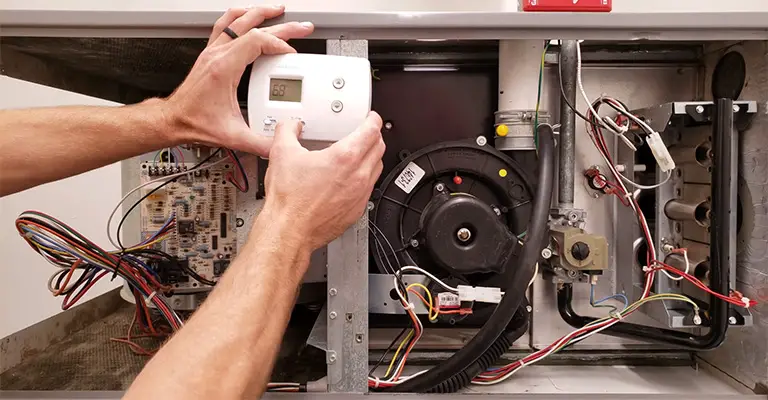Dealing with a malfunctioning furnace can be frustrating, especially when it continues to operate even when the thermostat is turned off.
A furnace that refuses to shut down can lead to discomfort, unnecessary energy consumption, and potential safety concerns. If you’re facing this issue, it’s essential to address it promptly to avoid further complications.
In this guide, we will explore potential causes for a furnace failing to shut off and provide troubleshooting steps to help you resolve the issue.
Remember, if you’re uncomfortable performing these tasks yourself or if the problem persists, it’s always recommended to consult a professional HVAC technician for assistance.
Why Does My Furnace Keep Running When The Thermostat Is Off?
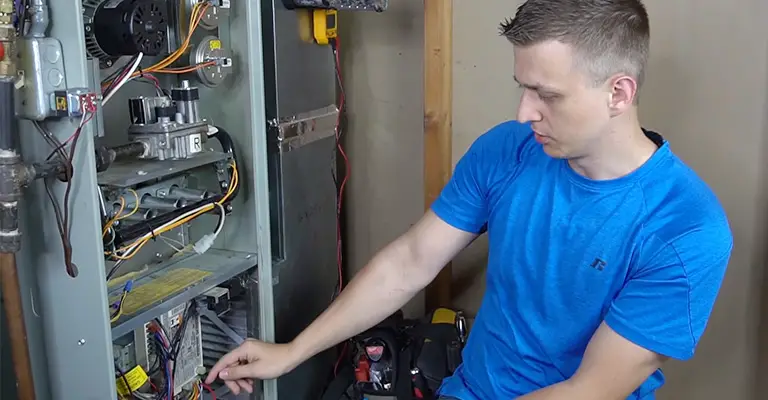
A shorted wire in your thermostat or fan limit switch is probably causing your furnace to keep running even though your thermostat and fan limit switch is set to AUTO.
It’s best to hire an electrician to correct shorted wires. There is likely a problem with one of the following when your furnace refuses to turn off:
Faulty Blower
Cold air is pulled into your furnace’s blower for heating, and warmed air is pushed out. A motor may malfunction over time when powering this blower. Your furnace’s limit switch is the most common cause of non-stop blower operation.
A limit switch refers to the part of your furnace that controls the system’s turn-on and turn-off times. Having a broken vent will cause your furnace to continue running even though it should be shutting off.
In this case, you must hire a professional HVAC contractor. An electrician is the best person to perform the repair of a broken fan limit switch, which is why we recommend hiring a professional.
Dirty Air Filter
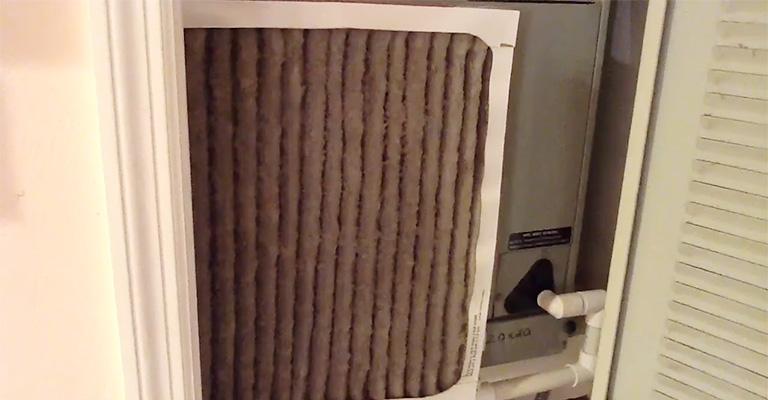
The dirt on your air filter could be blocking the flow of air entering your furnace, which is causing it to run continuously.
Here’s why: As soon as your thermostat is set to HEAT, your furnace starts sucking cold air from inside your home to heat it.
Your furnace removes large particles from the air before reaching your room by passing them through the air filter.
The air will not reach your furnace if your filter accumulates too much dirt and debris, as the air will have difficulty passing through it.
Your furnace can breathe out less hot air when it pulls in less. Therefore, your furnace may run continuously to reach your desired temperature, which is likely why it runs so long.
Do this: Get your air filter checked. Replacing the dirty one with a new one is the best thing to do.
Once you have completed this step, run your furnace as normal and wait a couple of hours. Contact a professional if you hear your furnace running non-stop during that time.
Thermostat Issue
Your furnace may run continuously due to two thermostat problems:
1. Your Thermostat Has A Wiring Issue
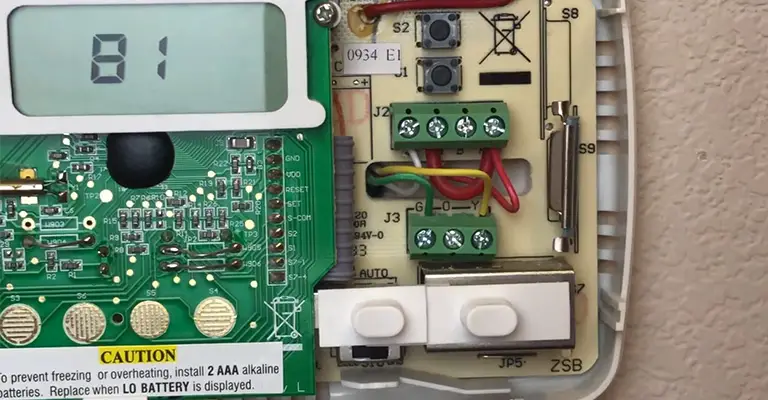
Even if your thermostat is set to AUTO, everything else seems fine; the issue may be with the thermostat itself.
Over time, you may need to replace the wiring that connects your thermostat to your furnace. In this case, you may have trouble turning off your furnace.
We recommend contacting a professional to inspect your thermostat rather than attempting to fix it yourself. Often, electrical problems are complex and potentially dangerous, so hire a professional to carry out these repairs.
2. Your Thermostat Is Set Incorrectly
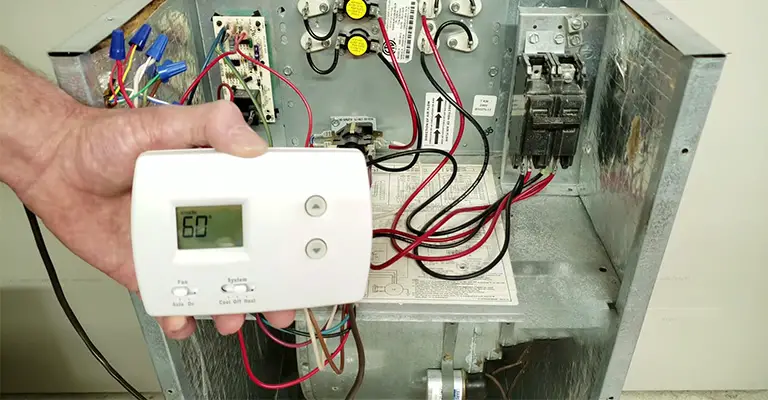
You control the fan on your furnace with your thermostat. In some cases, the fan setting is changed by accident. It is correct to leave the setting on AUTO. You should set your thermostat to AUTO rather than ON.
There is a difference between the two fan settings as follows:
- It’s possible that your furnace may sound like it doesn’t turn off when your thermostat is set to ON, as this can result in the fan running continuously
- With your thermostat set to AUTO, your furnace fan will only run while your furnace is heating your home’s air
Leaky Air Ducts
The heated air that would otherwise be going into your home might leak into your attic if you have leaky air ducts (particularly on the supply side, as shown above).
When you lose heated air, your furnace must produce more heated air to keep your home warm, which means running will take longer. In the event you notice any of the following, you might have leaky ducts:
- The cost of utilities is higher than normal
- The air in your home is filled with dust
- Heat is distributed unevenly throughout the house
It would be wise to hire a duct specialist if you notice any of these signs. Upon finding leaks in your ducts, they will need to be repaired (sealed).
Turn Off Your Heating System Manually
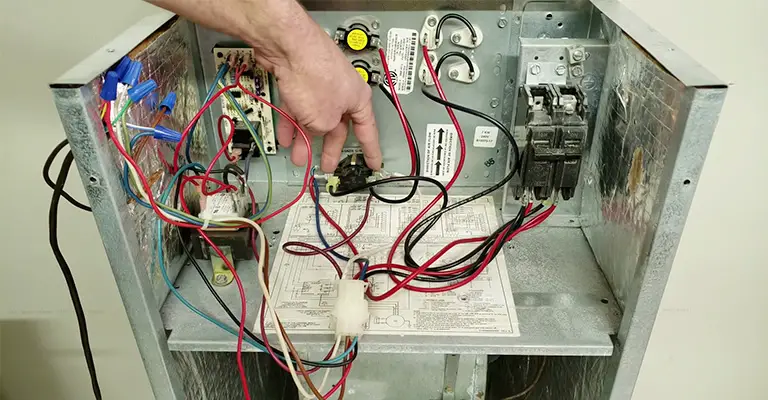
To avoid further damage, you must shut off your heating system. If you don’t know how to adjust your thermostat, start there. Some attempt to raise the thermostat’s temperature.
Most thermostats usually have a separate switch for cooling and heating air. If your unit is equipped with a heating element, you may be able to turn it off. It’s possible to turn off the power if that doesn’t work.
An electrical switch is usually found near the furnace. Once correctly shut down the system, you should call a professional heating company to inspect it.
When You Need to Call For Furnace Repair
Occasionally, simple troubleshooting won’t solve the problems that lead to a furnace or heat pump running all the time and failing to shut off.
To fix an issue such as this, a faulty limit switch or compressor contact within the heating system will need to be repaired by a professional.
Proper Furnace Maintenance
A regularly scheduled furnace maintenance program can help you avoid costly repairs in the future, whether these issues persist or have already been resolved.
Some furnace maintenance is complex, but you can do it following some basic guidelines.
You should maintain the correct temperature setting on your thermostat. Saving money on energy may require keeping your home slightly warmer during summer. However, you may want to lower the temperature during the winter.
Besides saving you money on heating bills, it also helps keep your furnace running longer. Overheating will shorten the life of a furnace, whereas heating set at an efficient level will prolong its life.
Final Words
Hearing your furnace kick on to warm your house can be comforting on a cold day. The problem occurs when your heating system fails to shut off when it should, which can cause problems like excessive energy consumption and strain on the unit.
Suppose your furnace does not turn off, even after adjusting the thermostat, after the temperature in the home rises too high. In that case, it can cause damage to individual components or even overheat the system altogether.

